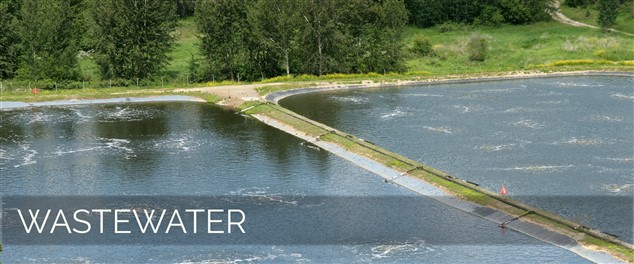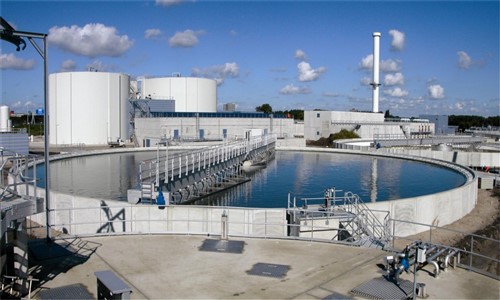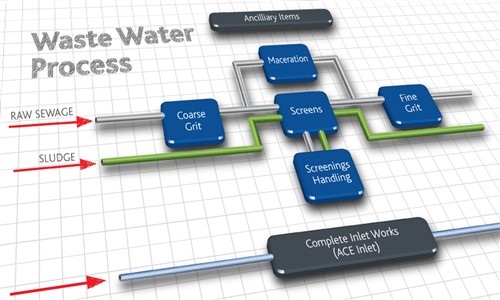Wastewater or sewage is the by product of many uses of H2O. There are the domestic uses such as showering, dishwashing, laundry and, of course, flushing the toilet. Additionally, companies use water for many purposes including processes, products, and cleaning or rinsing of parts. After the water has been used, it enters the wastewater stream, and it flows to the wastewater treatment plant. When people visit a treatment plant for the first time, often it is not what they perceived it would be. These wastewater plants are complex facilities and provide a high quality end product.
Water & Wastewater Management Systems
What is wastewater?
Wastewater Management Systems
wastewater treatment systems are used to treat wastewater from a home or business and return treated wastewater back into the receiving environment. They are typically referred to as septic systems, because most involve a septic tank for partial treatment.
The most common and modern septic systems consist of a septic tank that gravity flows to a soil adsorption field for final treatment and dispersal. The septic tank allows particulate matter to settle to the bottom of the tank so that large solids do not plug the drain field.
An effluent screen placed in the outlet of the septic tank is used to filter suspended solids out of the effluent. Final treatment and dispersal of the wastewater takes place in the soil adsorption filed.
A non-traditional system performs the same basic actions as the conventional septic systems. Differences arise when location, space, laws and regulations, soil type, and/or quantity of wastewater being treated become a limiting factor. A non-traditional system in this case refers to any Water Treatment System that uses pumps or advanced treatment. These systems use technologies that require greater frequency of operation and maintenance.





